In recent years, climate change has made extreme storms more common in El Salvador. They are especially devastating around the capital, San Salvador, where rampant construction and road-paving have created a concrete barrier that prevents rainfall from being absorbed into the ground.
Now, city officials and coffee farmers, with support from UNEP, have launched a project called CityAdapt to restore 1,150 hectares of forests and coffee plantations in order to revive San Salvador’s ability to absorb rainfall.
San Salvador is becoming a Sponge City: an urban area that is creating green spaces to tackle flooding. And it’s not the only one. Cities across the world, from Berlin to Wuhan, are pursuing this innovative strategy known as Ecosystem-based Adaptation.
Already, CityAdapt, which is funded by the Global Environment Facility, has helped around 16,000 people in San Salvador to reduce their risk of flooding. By the project’s completion in 2022, this number is expected to rise to 115,000.
Find out more about this inspiring project here.







